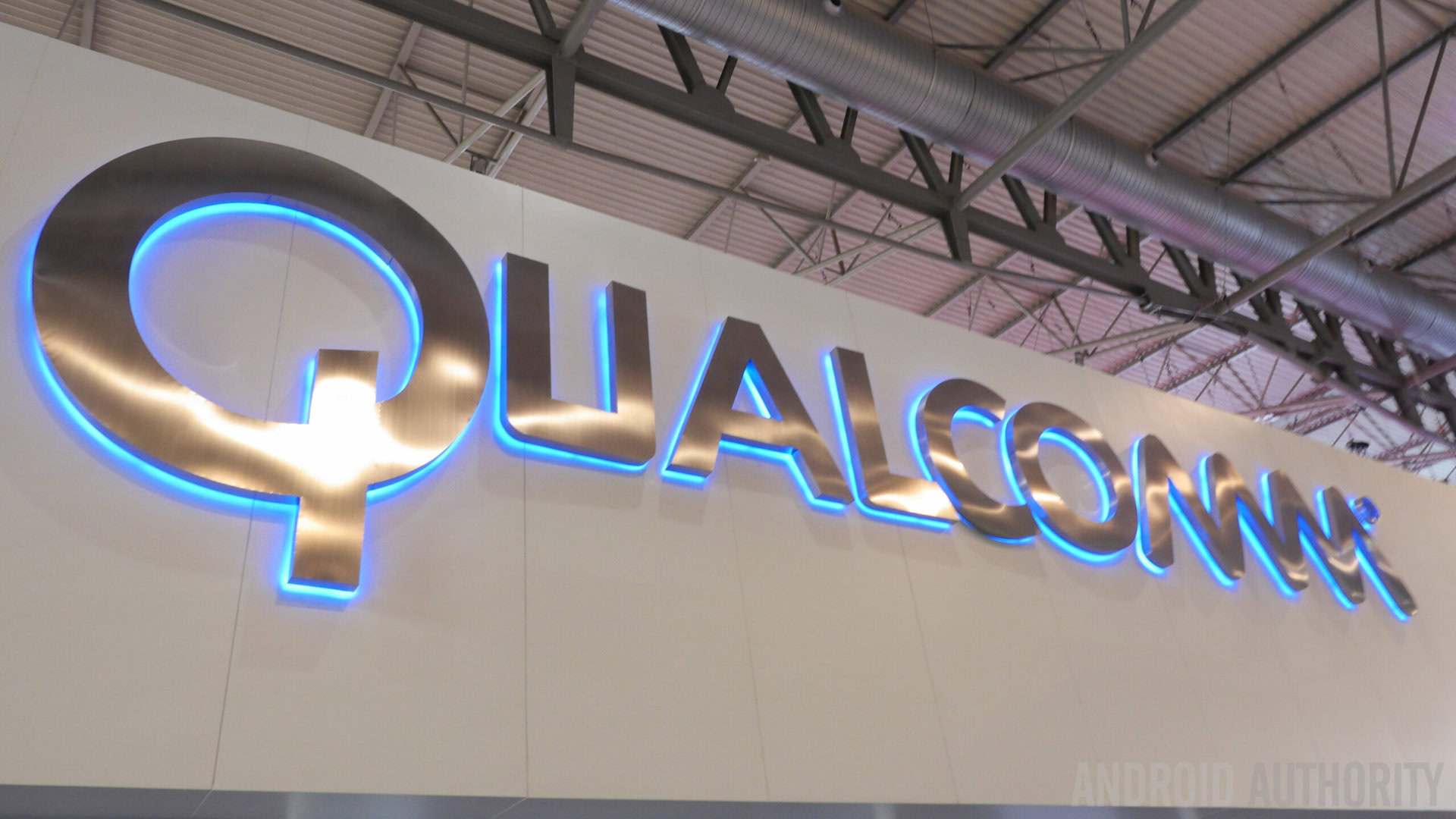Affiliate links on Android Authority may earn us a commission. Learn more.
Qualcomm and Ericsson test 450Mbps Cat10 LTE speeds, destined for SoCs in 2015

Qualcomm and Ericsson have made a joint announcement to proclaim that they have successfully achieved Cat10 LTE speeds of 450Mbps with their latest hardware.
This breakneck speed was accomplished using Qualcomm’s fifth-generation LTE multimode solution, which combines its Qualcomm Gobi 9×45 modem, and second- generation Qualcomm RF360 Envelope Tracker. The 9×45 modem is the first Category 10 LTE cellular modem to support carrier aggregated LTE connections for download speeds of up to 450 Mbps and upload speeds of 100 Mbps.
The modem supports 3x 60 MHz carrier aggregated downlink connections and two 40 MHz uplinks. Carrier aggregation essentially combines multiple signals over multiple frequency bands in order to increase the bandwidth available for downloading and uploading. The 9×45 works with a range of cellular standards, including DC-HSPA, EVDO, CDMA 1x, GSM and TD-SCDMA, and is also 30 percent smaller than Qualcomm’s previous generation.
Ericsson provided the infrastructure to test out Qualcomm’s latest chips, using their RBS 6000 family of base stations for macro and small cell networks. This means that the test was only conducted over short distances and isn’t yet representative of something you’re likely to find in the real world. Still, this chip is capable of some impressive speeds when the rest of the technology catches up.
For a little comparison, current Cat6 LTE speeds that can be achieved through the modem in Qualcomm’s Snapdragon 805 SoC tops out at 300Mbps, connection permitting of course. The more commonplace Cat4 LTE standard reaches 150Mbps, still ludicrously fast but only a fraction of this new technology.
Qualcomm’s latest networking products are currently sampling with customers and are anticipated to be commercially available in 2015. This suggests that these modems could be including in Qualcomm’s upcoming Snapdragon processors next year, although Qualcomm hasn’t officially stated or listed any compatible SoCs yet.